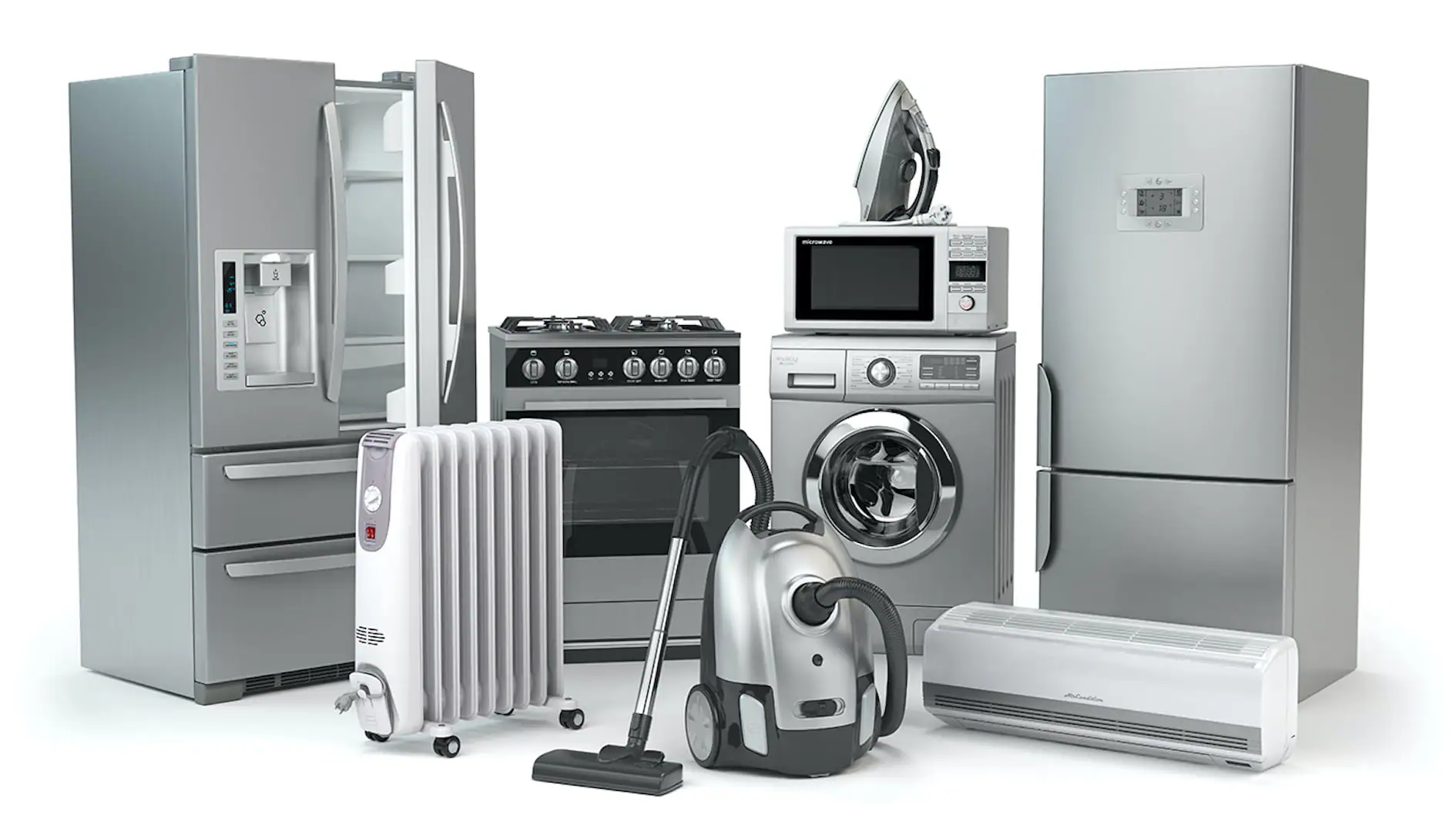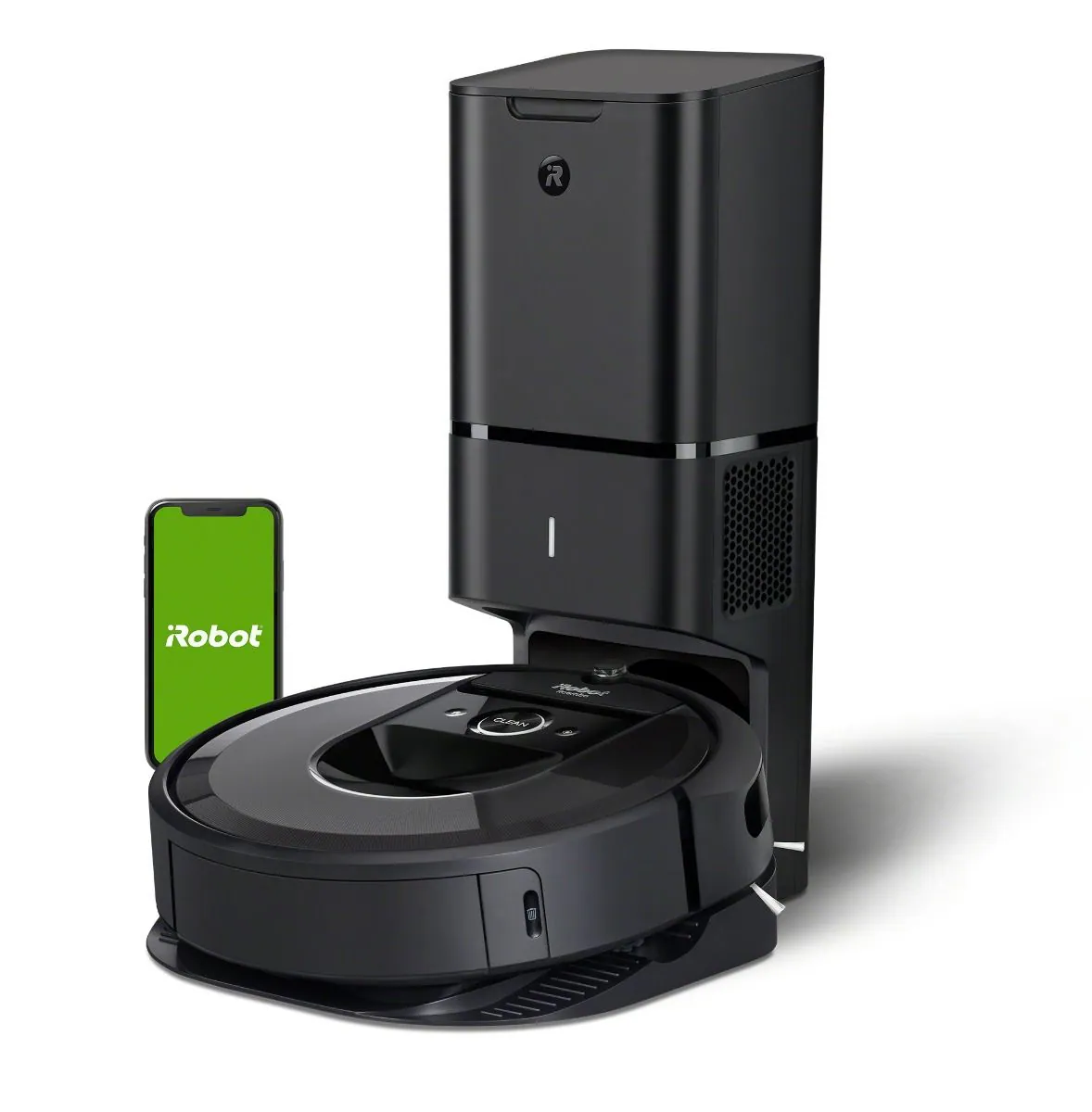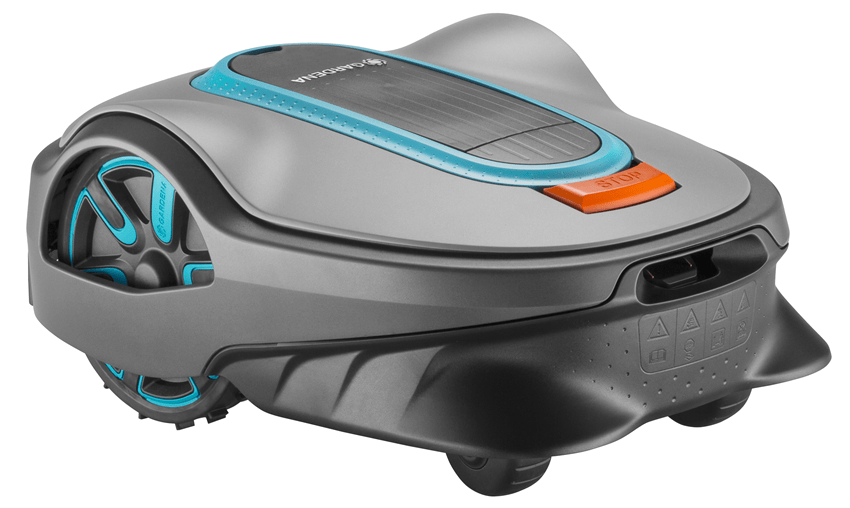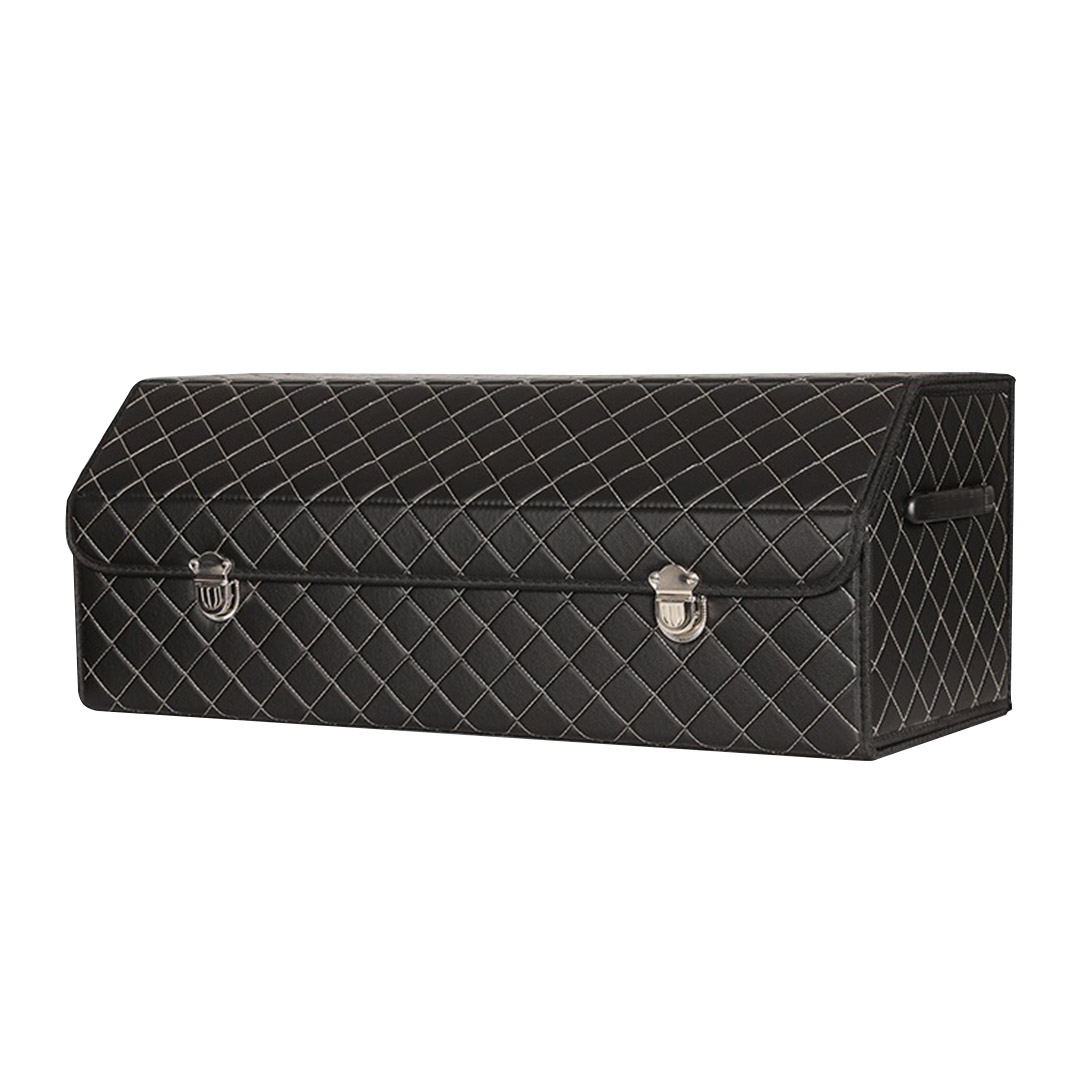between wireless carriers
Aggressive offers and a radical shift in 5G leadership could lead to more options for consumers.
This week’s arrival of the iPhone 12, which features 5G as its marquee addition, brought to the forefront the US carriers that have been rapidly building out these next-generation wireless networks. Verizon CEO Hans Vestberg shared the stage with Apple CEO Tim Cook during the launch, while competitors T-Mobile and AT&T didn’t even warrant a mention. That rivalry is going to heat up as these carriers start rolling out deals and touting their 5G coverage in a radical new wireless world.
Apple is going all-in on 5G as a selling point for its four new iPhones, to the extent where super-cuts of all the mentions of 5G went viral on Twitter. Its push comes amid a larger shift in the wireless world as the industry jumps into a new generation of wireless technology. When the iPhone 5, the first iPhone with 4G LTE, arrived in 2012, Verizon was dominating the early days of 4G LTE with AT&T a close No. 2. Sprint had languished far behind and T-Mobile was practically left for dead.
Now, the industry has flipped upside down. Verizon only turned on its nationwide low-band 5G network this week, putting it months behind its rivals. AT&T, who for years was Apple’s exclusive partner for the iPhone, saw its status usurped by Verizon on stage Tuesday and is now the third-largest wireless provider in the US. Meanwhile, T-Mobile — which didn’t launch a 4G LTE network until 2013 — is actually the furthest along on 5G in terms of coverage with a nationwide network that now covers 260 million people and has valuable assets from acquired Sprint to add more speed and capacity quicker than its rivals.
The Freaky Friday change-up underscores the rapidly shifting dynamics of the wireless industry, partly brought on by a new generation of wireless technology, but also the competitive nature of the business. For consumers, this means potential confusion around what they’re getting from 5G — as the carriers and even Apple have struggled to explain the immediate benefits of the technology — but also the opportunity to capitalize on better deals from newly aggressive carriers.
“It’s a win with strings attached,” said Avi Greengart, an analyst at Techsponential. Consumers, “save money, but they obligate themselves to stick with that service provider, usually at the highest price plans, for as long as two-and-a-half years,” he said.
The discounts, however, also allow people to”obtain a more expensive phone that they could otherwise afford — and possibly more phone than they actually need.”
5G drives role reversal
Long an underdog, T-Mobile is now positioned to take advantage of the so-called “super-cycle,” where customers will upgrade to a new iPhone in droves. Those upgrades mean an opportunity for customers to switch carriers, and T-Mobile has a good story. It’s the only carrier to have a widespread midband 5G presence thanks to Sprint. One of the three flavors of 5G, midband has noticeable speed improvements compared with low-band 5G while still working indoors and over large areas. And it’s the type of 5G favored by carriers around the world.
Millimeter-wave, the fastest version of 5G and the one that has been frequently touted by Verizon, offers the most impressive speeds that can top well over 1Gbps, with Verizon claiming this week that in some areas of the country it has reached download speeds of 4Gbps.
The problem with this signal is that it doesn’t penetrate into buildings and has the weakest range that often is limited to only a handful of select city blocks as opposed to blanketing a whole area with coverage. Verizon’s investment in covering stadiums and city centers also comes in a period where millions of Americans are still staying at home and apart from each other.
Neville Ray, T-Mobile’s president of technology, said in an interview with CNET that his company’s midband network reaches 25 million people, with plans to cover 100 million people by the end of the year and 200 million people by the end of 2021.
As more spectrum is allocated to the service he expects the average download speed on T-Mobile’s midband 5G network to be 400Mbps with peaks of 1Gbps by the end of the year, or nearly eight times faster than speeds on the company’s low-band 5G network, which had average speeds of 49.2 Mbps, according to a June report from wireless tracking firm OpenSignal. It would also be nearly two-and-a-half times as fast as the average US home internet speed as reported by Ookla in August.
“We believe that’s a complete game-changer with the iPhone and the other 5G smartphones,” Ray said.
Others seem to agree.
“T-Mobile is the best positioned because it has a legitimate midband 5G network,” said Greengart. “Verizon is pretending it is in the best position with 5G.”
He adds that Verizon’s marketing efforts on 5G got a big boost from being on stage at the iPhone event. Apple’s Cook referred to Verizon as one of its “closest partners” when introducing Vestberg.
AT&T, Greengart said, is “realistic” in that it knows its current low-band network is not materially faster than 4G LTE and “like other carriers, it also has limited millimeter-wave deployment.” This position is why the carrier is offering “the most aggressive promotions” for Apple’s newest iPhones.
New iPhone deals, new promotions

Those aggressive promotions are a boon to anyone looking to upgrade. But even here, there’s a bit of reversal.
T-Mobile has long offered the most enticing promotions for new devices, and its offers for the iPhone 12 are not bad with deals for new and existing customers as well as $200 discounts for those who have been with T-Mobile or Sprint for at least five years. This year, however, AT&T has gone a step further by offering free iPhone 12s to both new and existing users so long as they trade in a phone in good condition, switch to one of its recent unlimited plans and finance the device on an AT&T installment plan, which will keep them tied to the carrier for 30 months. (The device isn’t fully free. It will in essence be discounted by monthly bill credits that AT&T will give back on your bill for the 30-month installment plan. )
AT&T’s offer is also more expansive when it comes to which devices qualify for the full discount (anything that has a trade-in value on its site of $95 or more) and which could get $350 off (anything with a trade-in value of at least $35). And it’s offering similar heavy discounts to both new and existing customers for a number of popular 5G Android phones including Samsung’s Galaxy S20 5G and Note 20 5G lines as well as the foldable Z Flip 5G and Z Fold 2 5G.
“If you are the number three carrier you do different things,” said Jennifer Van Buskirk, AT&T’s senior vice president of marketing. “So we are going to double down on putting customers first, on improving our customer experience and making sure we do everything to provide the best experience for our customers as possible.”
Van Buskirk acknowledges that AT&T, like other carriers, has a “large iPhone base” and that the addition of 5G-capable iPhones into the company’s portfolio is “a big inflection point that should accelerate 5G adoption nationwide for us.”
Verizon, despite its onstage presence at the virtual iPhone announcement, has more muted iPhone 12 deals relative to AT&T’s free offer and T-Mobile’s wide trade-in discounts. It offers a free iPhone to those who switch providers, trade-in “select” phones and pick one of its pricier unlimited plans. It also offers a discounted iPhone 12 for as low as $15 per month over 24 months to existing users when trading in a “select” device and having one of its recent premium unlimited plans.
Ronan Dunne, CEO of Verizon’s Consumer Group, said in an interview with CNET that he doesn’t anticipate a major switching event because of the new phones. “I’m not actually sure that this is such an incredible switching reason,” Dunne said. “The truth is that everybody has their reasons as to why they acquire a device and why they choose a carrier.”
Assuming that people will change carriers over an announcement in a keynote, he said, is “disingenuous to customers,” adding that in his eyes “customers come for the network and then they stay for the experience.”
Playing the long game

Despite the importance of a 5G-capable iPhone for getting more 5G devices into people’s hands, all three carriers are still aware that it is very early in the 5G race in the US with major network improvements already underway for the next several years.
In addition to expanding and improving its low-band and midband networks, Ray said to expect more millimeter-wave news from T-Mobile “next year.” Whereas the technology was the key for his rivals’ early 5G networks, Ray views the flavor as a “flourish” to T-Mobile’s low-band and midband 5G networks, offering extra speed and capacity for dense urban areas or stadiums.
Beyond lighting up a low-band network, Verizon on Tuesday also announced it has added 19 new cities, 19 new stadiums and six new airports to its millimeter-wave count. It has millimeter-wave 5G in parts of 55 cities, with plans to get to 60 millimeter-wave locations before the end of the year.
AT&T says it covers roughly 224 million people with its nationwide low-band 5G network, up from 205 million earlier this summer, and now reaches parts of 36 cities with its millimeter-wave network.
Both Verizon and AT&T are also expected to be active in an upcoming Federal Communications Commission auction for more midband spectrum later this year, with Verizon already spending nearly $1.9 billion in an earlier auction this summer. While this adds yet another wrinkle for consumers debating a new 5G phone this holiday season, some manufacturers are seemingly already preparing for these network upgrades.
According to Apple’s list of spectrum bands, the new iPhones include support for some of the bands recently sold as well the spectrum frequencies slated to be auctioned off later this year. This could, in theory, allow Apple’s devices to be able to take advantage of those networks as they come online despite not being available today.
Verizon’s Dunne said support for the midband spectrum it purchased will eventually come to the new iPhones. “You can assume that all of the best in class devices that are out there support the spectrum bands that we have in deployment today and the ones that we have acquired,” he said.
The support for so many bands, even ones that aren’t in use in networks right now, is why Greengart said the iPhone 12 is “more future proof than any other phone,” noting that Apple traditionally sells its phones for several years.
“In general, you should feel very comfortable buying an iPhone 12 today for any version of 5G that your carrier is supporting somewhere today, even if they’re not supporting it near you yet,” he said. “Because if it does roll out, it will be supported.”


















